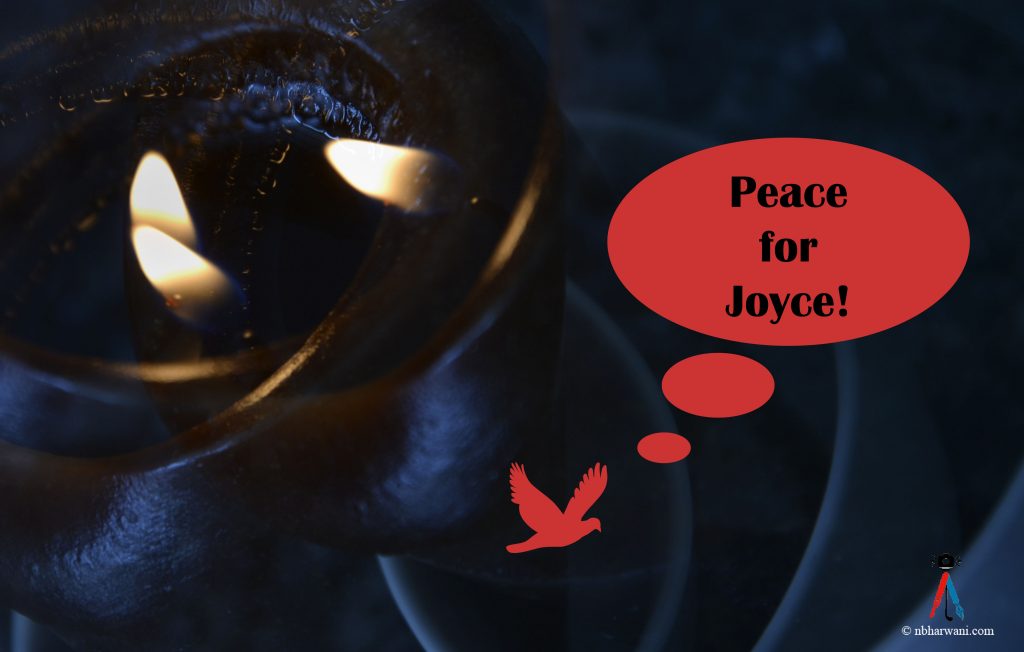I have been writing articles on a random basis since my school days. But my serious writing started in Medicine Hat. I also started taking a writing course inspired by a friend I never met, Joyce. Joyce is a successful writer.
Due to various reasons, I never finished the writing course but Joyce received my columns on a regular basis. From time to time she would write to me encouraging and inspiring letters. She lived in British Columbia. Once I was there on a holiday with my family. I arranged to meet with Joyce. The meeting was cancelled at the last minute, as I was running late in my other commitment. Now I feel so bad that I never got to meet Joyce.
In the last few months, Joyce has been sharing with me her health issues, which are not very good. I think about her and pray for her health and comfort. You wonder sometimes why such good people have to suffer so much at the end of the their wonderful and satisfying life. I saw my mother suffer from the consequences of cancer in her dying days. As a physician I know what Joyce is going through.
Her last email to me arrived few weeks ago. I will share that with the readers of my column because many will empathise with what Joyce has to say. Her email reads as follows:
Hello Doctor,
I’m shutting down my computer in a few days, so I wanted to bring you up-to-date. I think I told you I have lymphoma. They radiated the tumour and I went into remission.
About three months ago, I came up with a tumour in the colon, unrelated to the lymphoma. Last week they sent me for a scope and couldn’t even get it in the colon. As far as they can tell, my large colon is almost solid with cancer. It is fast growing and metastasizing. I’ve decided not to do anything.
I’m almost 80, have had 39 surgeries, 2 heart attacks, been hit by lightning twice, Don is gone and I’ve had over 40 years of pain. It all started when I got that heart virus. To be honest, I’m tired and can’t fight anymore. My kidney function is approaching dialysis so it’s unlikely I’d survive removing my entire large bowel.
The oncologist said I’m not going to feel much worse until the bowel completely closes and perforates. From then it’s right to hospice and it will go quickly. He said they’d likely put me in a coma the first day or two. Until then, it’s life, as we know it.
I’ve done everything I’ve wanted to, have made all my amends and have left a legacy of which I’m proud. It’s been difficult for my family and some of my friends, but everyone is starting to settle down. I have no fear and am actually anxious to start the next adventure.
I’m very proud of you and what you’ve done with your talent. It’s been fun for me to watch you grow and to read your columns. Thanks for taking the time to send them to me. I wish you all the luck as you go forward with your writing. The blessing is, it is something you can do no matter where life takes you. You’ve been an inspiration in my life. Thank you!
Joyce
Well, what can I say Joyce. You have inspired me and many of your students. So good-bye Joyce, may you find peace and comfort where ever you go in the world beyond this planet. May your soul rest in eternal peace… Amen.
Start reading the preview of my book A Doctor's Journey for free on Amazon. Available on Kindle for $2.99!
